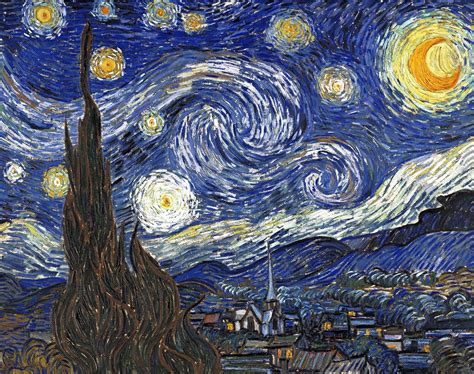Kelvin-Helmholtz Waves
Sources: ThoughtCo. and various internet sites
Also known as a 'billow cloud,' a Kelvin-Helmholtz cloud looks like rolling ocean waves in the sky. They are formed when two air currents of varying speeds meet in the atmosphere and they make a stunning sight. The clouds are named for Lord Kelvin and Hermann von Helmholtz. The two physicists studied the disturbance caused by the velocity of two fluids. The resulting instability causes the breaking wave formation, both in the ocean and the air. This became known as Kelvin-Helmholtz Instability (KHI).
Quite often, these clouds will form with cirrus, altocumulus, stratocumulus, and stratus clouds. See Cloud Types. On rare occasions, they may also occur with cumulus clouds. Billow clouds can tell us something about atmospheric conditions. It indicates instability in air currents, which may not affect us on the ground. It is, however, a concern for aircraft pilots as it forecasts an area of turbulence.
Your best chance for observing billow clouds is on a windy day because they form where two horizontal winds meet. This is also when temperature inversions -- warmer air on top of cooler air -- occur because the two layers have different densities. The upper layers of air move at very high speeds while the lower layers are rather slow. The faster air picks up the top layer of the cloud it's passing through and forms these wave-like rolls. The upper layer is typically drier because of its velocity and warmth, which causes evaporation and explains why the clouds disappear so quickly.
You may recognize this cloud structure from Van Gogh's famous painting, "The Starry Night." Some people believe that the painter was inspired by billow clouds to create distinct waves in his night sky.





